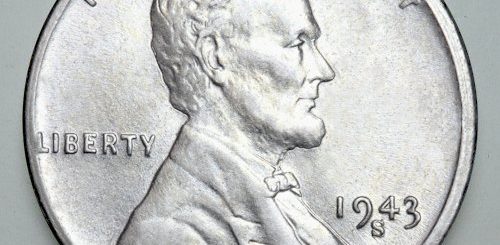Saint-Gaudens Double Eagle
The Saint-Gaudens Double Eagle gold coin is named after the sculptor who designed the coin, Augustus Saint-Gaudens. This likewise hot coin is one of the $20 double eagle gold coin series of the United States of America, which were minted from 1849 until 1933. The Saint-Gaudens coins were minted during the latter years of this period, from 1907 to 1933. The Saint-Gaudens design is considered to be the most artistically and classically beautiful design on a U.S. coin. But as the saying goes, beauty has its price. This beauty went a long and arduous journey before it finally saw circulation. Its journey began in 1904 when then-president, Theodore Roosevelt strongly felt the need to improve the appearance of American coinage. He thought that the designs on existing coins were appallingly hideous and ill-suited for the country’s image.
The president wanted something of classical beauty like Greek arts so he commissioned the sculptor Augustus Saint-Gaudens to create a design of this caliber. Although Saint-Gaudens had disagreements with the U.S. Mint and its officers before and promised not to have anything to do with them anymore, he still accepted the task because President Roosevelt was a personal friend. And of course, who would turn down a request from the president of the United States of America, right? Saint-Gaudens created the standing image of Liberty, her left foot stepping on a rock and her hands holding a torch on the right and an olive branch on the left. The goddess is illuminated by sun rays from her back and surrounded by 46 stars that represent the 46 states of America during that time. This was the design for the obverse side of the $20 gold coin. For the reverse, Saint-Gaudens designed an eagle in flight backed by the sun’s rays again like on the obverse.
President Roosevelt was so delighted in these designs that ordered them minted as soon as possible and without alterations. The Mint knew that the design would be very difficult to strike in large numbers because it’s in ultra-high relief. The Mint also thought that the coin would not be able to make it to circulation. But after many disagreements and debates in correspondence exchanges from the Mint to the President, to the Sculptor and back, the Mint finally gave in. They knew they had no choice but to obey. Not long after the first try, the design proved to be difficult and time-consuming to process. A single strike, which is the norm for mass coin production, could not do it. So, chief engraver Charles Barber lowered the relief to make a single strike possible and have the coin released for public circulation. It was too bad though that Saint-Gaudens didn’t live long enough to see his masterpiece final production. He died in 1907, shortly after he finished his design.


